BUGS IN MY GARDEN May 2014
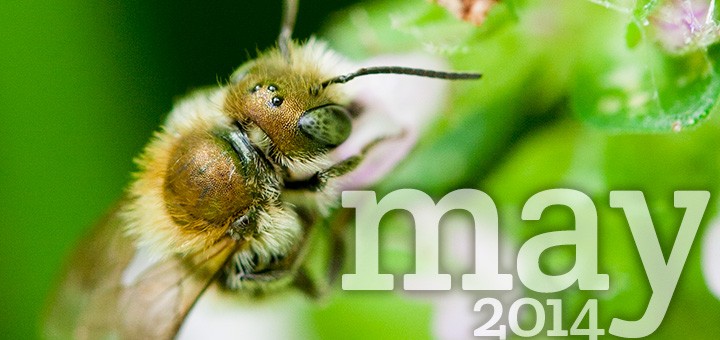
Days are getting longer and bees are getting smaller in May’s roundup of what’s flying, crawling and hopping around my Cambridgeshire garden
Click the dots below a gallery to change the image
The plants and wildflowers (what most other people call ‘weeds’) continue to thrive thanks to an unusually harmonious combination of sunshine and rain lately and the Green Alkanet, Forget-me-nots and White Dead Nettle continue to bloom. They’ve been joined by Geraniums, Dandelions, Fox & Cubs and Red Valerian among others while a tangled mass of shrubs, trees and other random greenery – along with various man-made hidey-holes and structures – provide ample places to bask, lurk, forage and hunt. On the whole I’ve continued to ignore the many flies, large and small, that continuously buzz about and seem to have been mostly chasing Hymenopterans with my trusty Canon 350D…
BUMBLEBEES
I mentioned in last months blog that I was awash with photos of bumbles from previous years but as ever the draw of these furry little pollen collectors was too much to resist so a few were snapped while they foraged. The Fox & Cubs proved to be a hit with the Red-tails (Bombus lapidarius) while the tubular flowers of the Valerian suited the long-tongued Bombus hortorum. It is usual practice to record Buff/White-tailed workers as Bombus terrestris/lucorum as they are extremely difficult to separate although the other casts are a bit easier – terrestris queens having noticeably buff-ish tails and males having black facial hairs unlike those lucorum boys who have yellow ones. Generally easier to ID are the lovely workers of the ginger Common Carder Bee (Bombus pascuorum) and the Early Bumblebee (Bombus pratorum) with its two yellow stripes and orange bum. (This is also another species where the males have yellow facial hairs). However, it’s always worth checking your bumblebee pics as colour variation, cast differences, similar species and cuckoos (the bees not the birds) need to be considered.
SOLITARY BEES
I’ll admit that several, mainly Andrena, bees aren’t represented here as I’ve not managed to ID them yet but it seems to me that with the change from April to May the larger mining bees have given way to much, much smaller species. The Andrena carantonica and haemorrhoa are still about but noticeably fewer in number and I’ve seen a few Yellow-legged mining bees (Andrena flavipes) too. I think it was one of these I fished out of a small plastic tray that acts as a bird-bath in the back garden although it’s a bit difficult to tell for sure. I also spotted a slightly worn Andrena chrysosceles, a slightly smaller mining bee that usually has more obvious abdominal stripes than in this pic.
It was right at the beginning of the month that I first noticed tiny (about 6mm) Sweat Bees in the garden. It’s a little difficult to be sure but I’m reasonably confident that the greeny-bronze bee I keep seeing is Lasioglossum morio. Lasioglossum species have pale abdominal bands along the base edge of each tergite (or abdominal plate) whereas the very similar Halictus bees have bands on the end of each one. There’s also been Lasioglossum calceatum buzzing about which is less shiny and green than the previous species.
The Sweat Bees seem to be particularly attracted to geranium flowers as are other, even more miniscule visitors – the Hylaeus or Yellow-faced bees. Both sexes of Hylaeus communis – the male of which has a disinctive yellow facial pattern with its slightly wider spacing than in similar bees – and Hylaeus hyalinatus sporting whiter markings, a unique hairy face and orange on the underside of the antennae are regularly encountered on or around the pink and white blooms.
While staking out a patch of Forget-me-nots I noticed a small (9mm-ish), shiny golden bee that kept coming back to the same stone every five minutes or so. It would stay for anywhere between 5 to 30 seconds before flying off again. As the month passed I saw several individuals, each with their own stop-off point, and these turned out to be male Osmia caerulescens. I also spotted a blue/black bee of similar size and build checking out old drill holes in the bungalow walls – and on later occasions foraging – which I later identified as a female of the same species.
Having got my eye in I’ve seen quite a few black and yellow nomad bees passing through the garden but on the last day of the month I noticed a nomad with much redder colouration which turned out to be Nomada ruficornis. There’s a slight possibility it may be the very similar N. Panzeri but as ruficornis is a clepto-parasite of Andrena haemorrhoa – and there’s been quite a few of those about – it would seem more likely to be this.
WASPS
So, from wasp-mimicking bees to the real thing as a Mason wasp of the genus Ancistrocerus turned up in the garden. I think it may be A. trifasciatus but from what I can gather Ancistrocerus is a very similar group of wasps with frustratingly variable markings so the number of yellow stripes is not a reliable characteristic. By-the-way, Ancistrocerus means ‘hook-horn’ and any binomial name that has ‘cerus’ in it is generally referring to some characteristic to do with the antennae. The Digger wasp Crossocerus megacephalus, however, was a little easier to pin down – megacephalus meaning bighead! This tiny wasp hijacks flies in mid air, wrestles them to the ground, kills them and then takes them to a nest that she’s chewed out of wood. Pretty good going, huh? The other solitary wasp I photographed I can’t seem to ID but the long hind femurs and antennae make me think it’s a spider hunting wasp of some description. If you recognise it, please let me know!
ICHNEUMONS
There’s been one particular species of large, black & yellow ichneumon I’ve seen regularly in mine and many other gardens this year, but I’m having a bugger of a job finding out what it is! It could be a male Ichneumon stramentor but equally it may be Ichneumon bucculentus. And some sources on the internet say it’s Amblyteles armatorius but I’m not convinced. However, without any reliable book or internet resource dealing with ichneumons, or Parasitica in general come to that, I guess I’ll just have to keep searching and wondering. Oh, and both the keys I’ve found are impossible to follow from photos, one even starting with fine details of the mandibles – not very helpful. So here’s a heartfelt plea – if you’re an ichneumon specialist please, please, please bring out a book or set up a website! The world would be a better place for it.
SAWFLIES
The only new sawfly I saw in May was this Macrophya alboannulata and a big thanks to Penny Metal @misspennymetal who pointed me in the right direction via Twitter after I put out an appeal for help. OK, that’s it for the hymenopterans and on to…
HOVERFLIES
I guess that it’s down to the weather again that there’s been loads of hoverflies about and I was delighted to see one of my favourite insects, Syritta pipiens, had turned up. The slim build and swollen hind femur that looks like it’s made of tortoiseshell are a dead giveaway that you’re looking at this lovely little hoverfly.
There have also been a few yellow-barred species around that on first glance might look pretty similar but with a bit of care can be sorted out. Dasysyrphus albostriatus is distinguished by its obliquely angled bars, dark wing stigmas and double white stripes on the thorax. The widespread Syrphus vitripennis is a bit trickier but the distinctly ‘moustache’ shaped bars are a helpful pointer, though other hoverflies do have similar markings so, as ever, reference to a good guide is advised. Another common species that’s been buzzing around is Euopodes corollae but again care needs to be taken when identifying this individual.
Two small blackish-golden hoverflies also appeared in May and the first of these was some variety of Pipizella as indicated by the combination of long, porrect (I love this word, it just means stiffly forward pointing!) antennae and a sort of halo of golden hairs. Unfortunately I only managed a few shots from one angle before it flew off so I can’t really narrow it down to species. The other was a Lesser Bulb Fly, either Eumerus funeralis or strigatus, but once again limited shots made an exact diagnosis impossible although I did photograph a pretty definite Eumerus strigatus a couple of weeks later . (The main difference appears to lie in a tubercule near the wing base). Oh, and in case you didn’t know, Bulb Flies are so-called because their larvae damage bulbs and tubers of various plants.
The photo that set off my obsession with bugs was one I took of a hoverfly that I much later worked out was Myathropa florea. It’s the pic that’s on the home page and it was the pattern on the thorax that eventually gave it away. Several years later I can spot one a mile off as its distinctive thorax, yellow striped abdomen & legs plus hairy halo make it hard to miss. And that’s why I didn’t even need to look this one up! The same goes for the unmissable stripe-back Helophilus pendulus although a quick check of the legs (which is the easiest difference to spot) is always advisable as there are some less common but closely related species out there.
And finally another, genuinely unmistakable species showed its face, the Marmalade hoverfly Episyrphus balteatus. No other hoverfly that has that orange to yellow, black and whitish abdominal pattern with a sort of pale W shape on the thorax. I spotted this one fairly early on but as the month passed numbers noticeably increased and as I write this in late June they’re everywhere!
FLIES
Although there’s been all manner of flies all over the place – the usual black and/or grey or blue/greenbottles – the only one I aimed my lens at was the non-biting midge Chironomus plumosus, the feathery antennae proving to funky to resist!
BUTTERFLIES AND MOTHS
Even if I say so myself, I have a reasonable collection of beautiful butterfly and moth photos but none of them come from my garden! All the fluttery things that pass through always seem more skittish than in the wider countryside and I often miss them altogether. That said, early on in the month my good lady noticed little flashes of bright orange in the back garden and after much persistence I worked out it was the underwings of an otherwise unremarkable little brown moth known as the Carnation Tortrix or Cacoecimorpha pronubana. For a week or two they were all over the place!
Another micro-moth – but this time one I know well – also started to appear this month, the good old Mint moth Pyrausta aurata. A common, and this year especially abundant, visitor to mint and other herbs it’s a lovely mix of reddish-purple and gold. It can be confused with the slightly larger P. purpuralis but the bigger moth has slightly more defined gold markings on the upper wing surface and more extensive, paler markings on the hind wings.
Spotted in the back garden, sitting on a lone garlic mustard plant, was what turned out to be the exquisite little longhorn Cauchas rufimitrella. My photo really doesn’t do justice to the wonderful greeny-gold shimmer that cloaks this little micro-moth.
The first of the two butterflies I actually managed to snap was a Small White (Pieris rapae) that I think was newly emerged and basked for quite a while on the dogwood out front. The other was a little Holly Blue (Celastrina argiolus), resting briefly on the Pyracantha. Holly blues are easy to tell from other blues as they’re the only species that are silvery blue both on top and underneath.
BEETLES
The Varied Carpet Beetle (or Anthrenus verbasci) gets its common name because the pattern on the adults is highly variable and their larvae eat carpet, among other things! Despite inconsistent patterning this tiny beetle, the adults of which feed on pollen, is always recognisable when you see it. Another species I saw, but this time much more constant when it comes to looks, was the Cream-spot Ladybird Calvia 14-guttata. I did see one in April too but couldn’t get a decent pic of it!
A predatory beetle I found hunting among the flowers and grasses out front was the Malachite Beetle Malachius bipustulatus. It can vary in colour from a dark greeny-blue to bright emerald but always has the red marking and odd little protrusion at the tip of the abdomen to help identify it.
Another beetle that starts out bright green but turns a sort of deep amber-orange as it ages is the Thick-legged Flower Beetle aka Oedemera nobilis. The distinctive swollen hind femurs only occur in the male but both sexes have their underwings showing through not-quite-closed elytra. This is yet another species that appears to have done well – yet again due to the weather, I guess – as they’re everywhere this year! Never seen so many taking advantage of all the pollen that’s about.
LACEWINGS
Staying with the green theme a little longer, I was pleased to see the weak flutter of a Chrysopa species lacewing, almost definitely Chrysopa perla with its greeny-blue colouring and heavy black markings. Other green lacewings tend to be a purer green but once again it’s a variable insect and the differences between the species can be tiny so I can’t be 100% certain.
TRUE BUGS
Among the new arrivals – or things I didn’t spot last month – on the Heteropteran front were several Sloe aka Hairy Shield bugs (Dolycoris baccarum) which, as the name suggests, are pretty hairy when viewed close up. One individual could be found sitting on the same Dead Nettle for well over a week but has since moved on. However, the handsome pale greeny-grey Parent Bug (Elasmucha grisea) I saw was only around for a couple of hours – probably heading off trying to find a female in someone else’s garden or the nearby countryside as, so far as I know, there wasn’t one on my patch!
Towards the beginning of the month I noticed quite a few distinctive Coreus marginatus – or Dock Bugs – in various gardens and along field margins and eventually one turned up on my greenhouse of all places. It’s the feeding habits of the nymphs that give this squashbug its common name, although they eat other related plants too.
It’s not the feeding habits – as I stupidly assumed – but the appearance of the early instar larvae that give the Ant Damsel Bug (Himacerus mirmicoides) its moniker and the little things really do look like ants at first glance. (See the excellent British Bugs website for photos. In fact, this is where I get most of my info on True Bugs!) The Tree Damsel Bug Himacerus apterus is superficially similar but is slightly larger (8-11 mm versus 7-8mm) and has much longer antennae.
Quite what the Nettle Ground Bug Heterogaster urticae was doing crawling on my front door I don’t know but later the same day I went for a wander along the nettle-rich edges of the local fields and there were a fair few about. This little bug is easily identified by the black & whitish convexum (that bit around the edge of the abdomen), stripey legs and two dark dots on the exposed wings (not very clear on my photo, I’m afraid).
Our May round-up is completed by every gardeners fave – a greenfly! Or more specifically in this case the Rose Aphid Macrosyphum rosae. These little Homopteran sap-suckers (for they are not flies at all) come in pink and green forms but can be recognised by their very long cornicles (that pair of tubular spiney bits sticking out of the back-end. You can only see one in my pic). The winged, colony-spreading forms generally appear in late spring after the wingless females have squeezed out their live young earlier in the season.
Well, that’s it for now. I hope you enjoyed this blog – and maybe learned a little along the way – but it’s time for me to start preparing the pics for June’s collection! See you next time, with any luck.

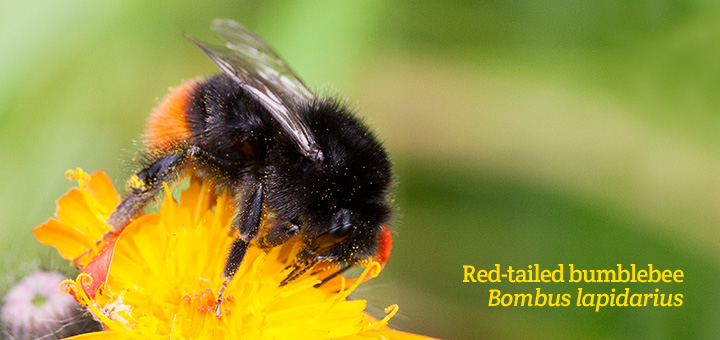
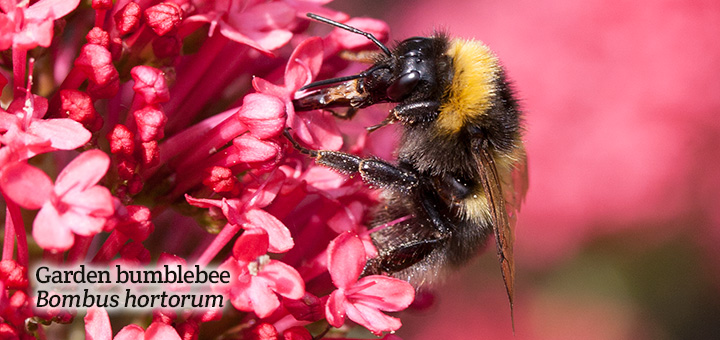
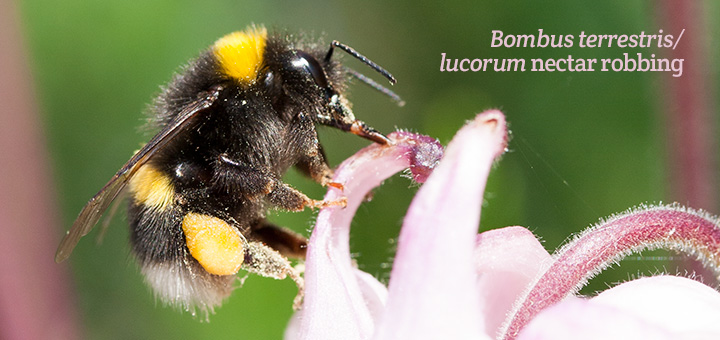
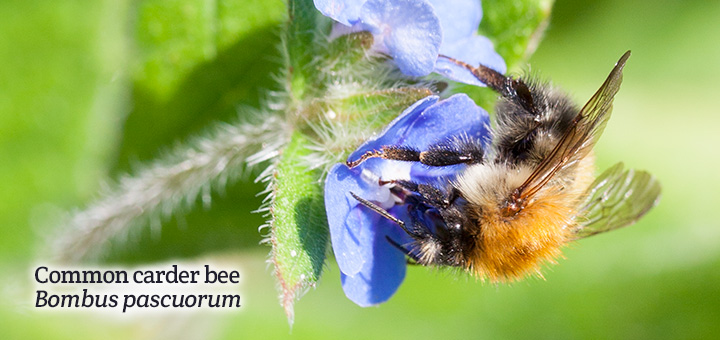
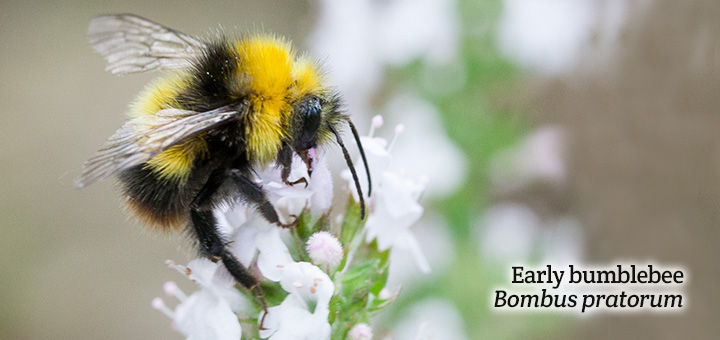
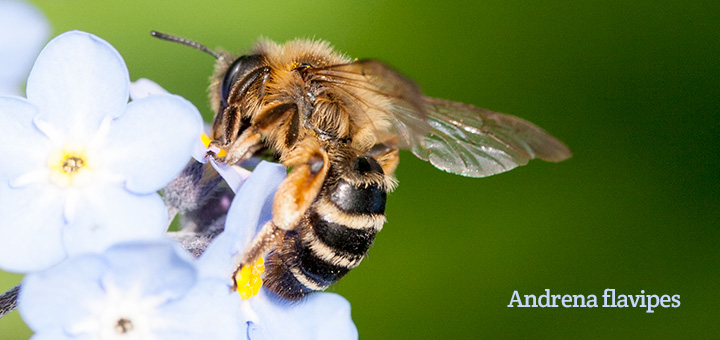
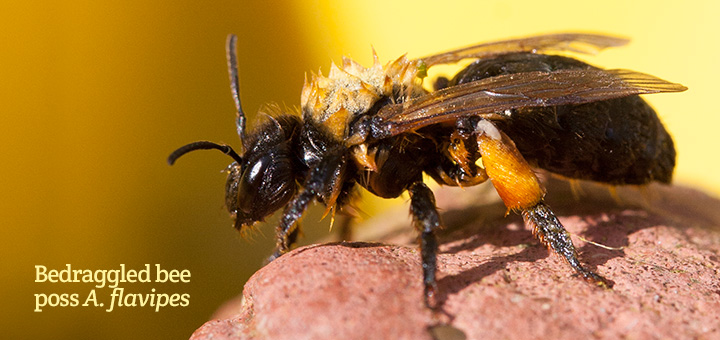
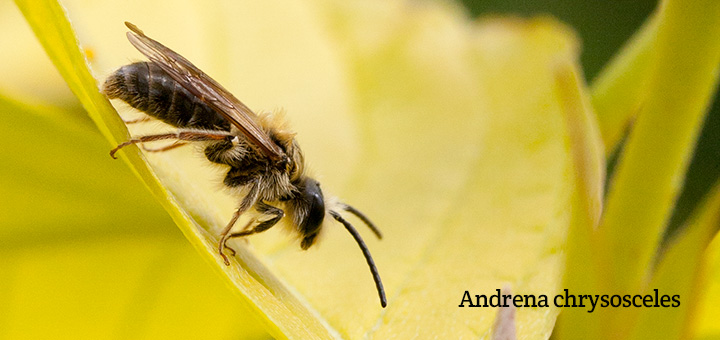
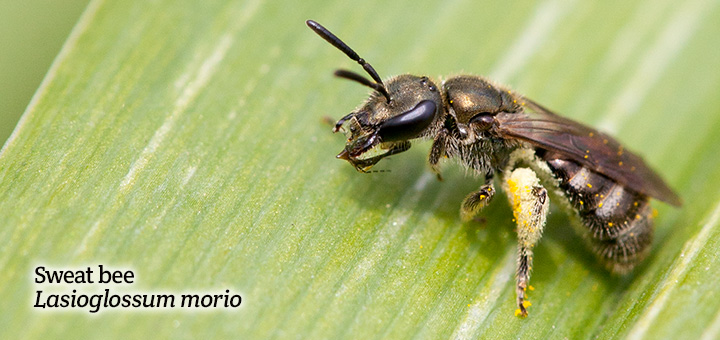
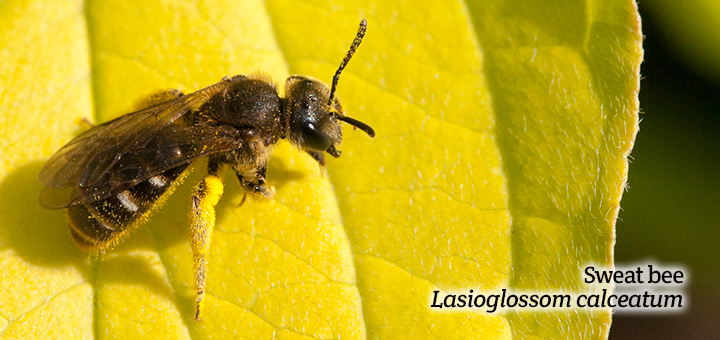
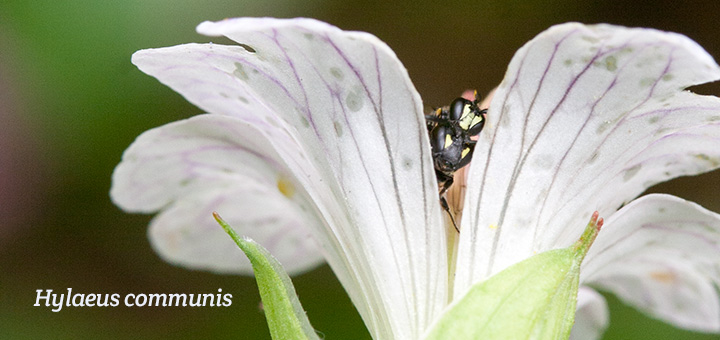
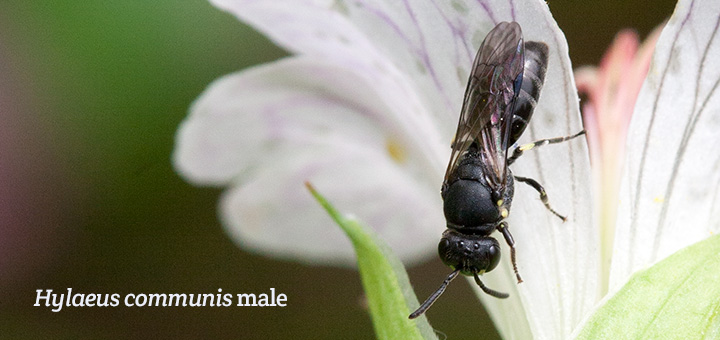
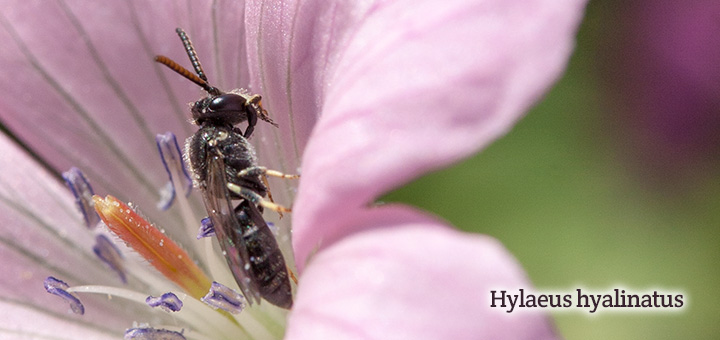
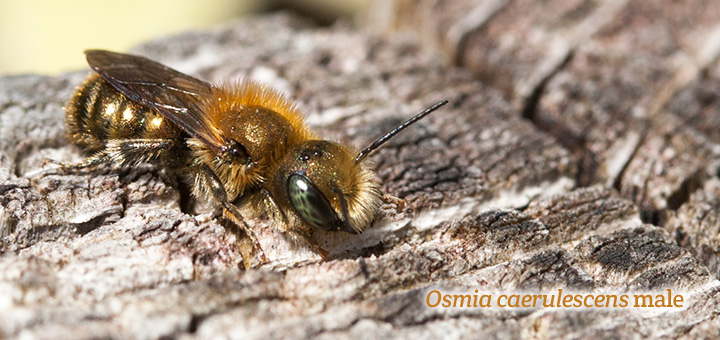
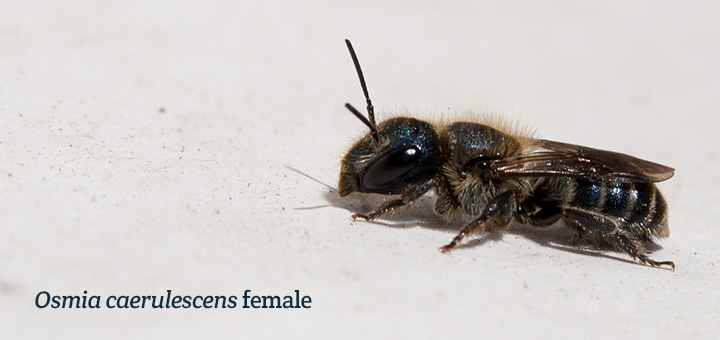
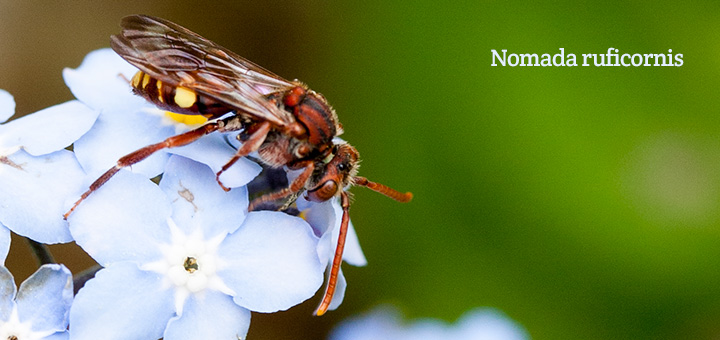
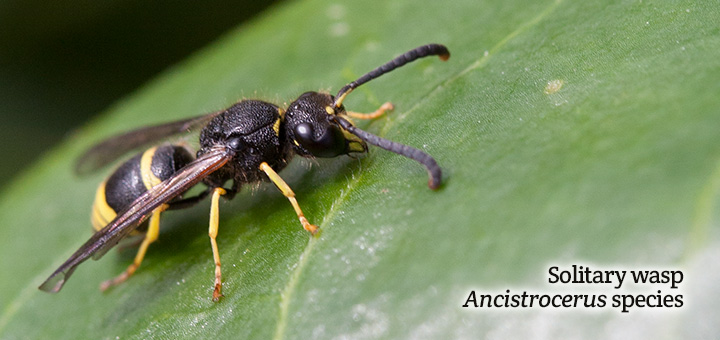
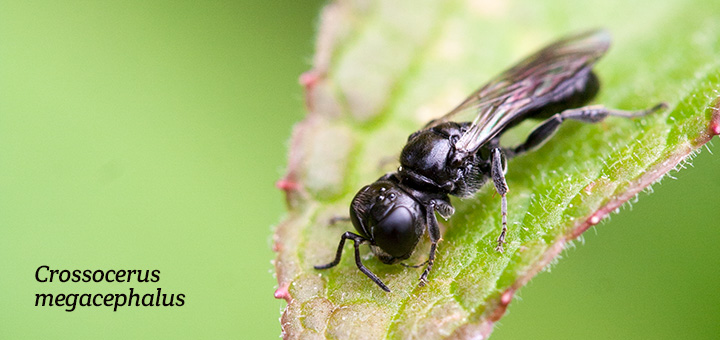
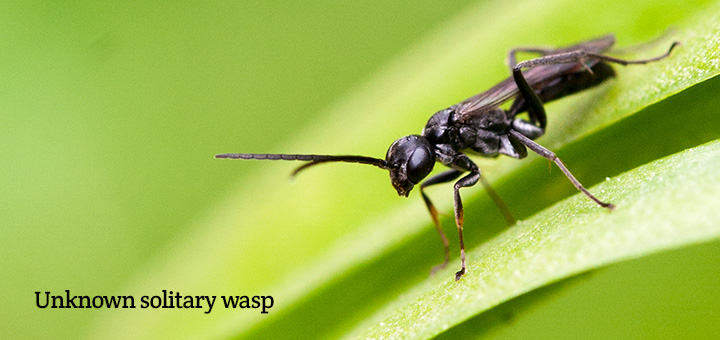
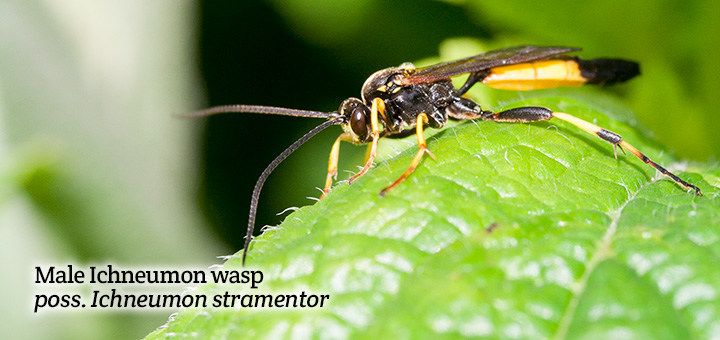
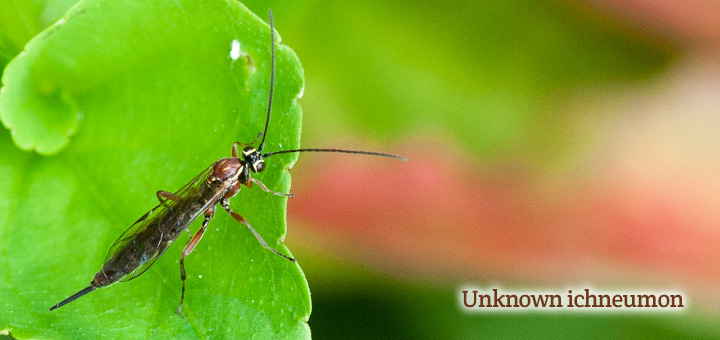
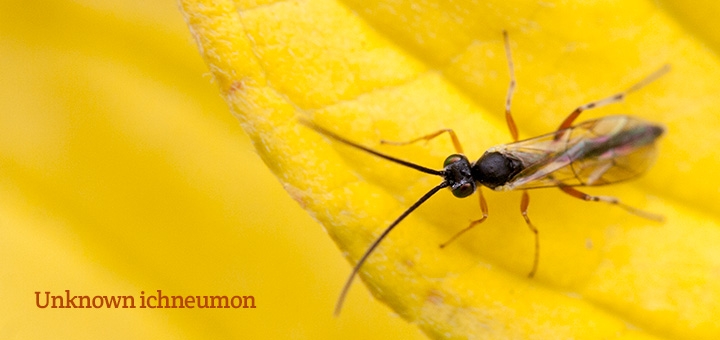
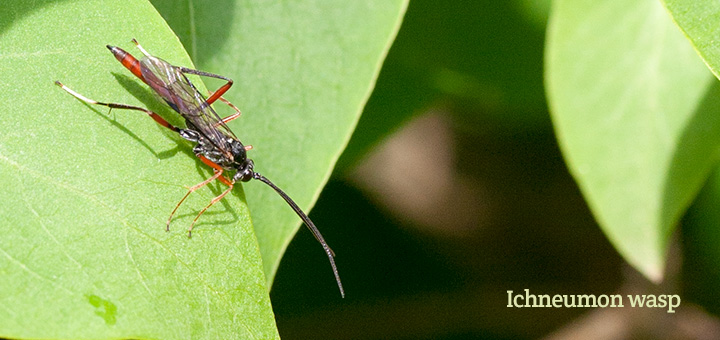
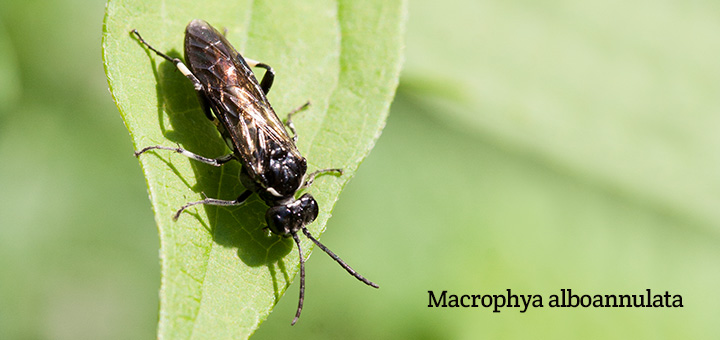
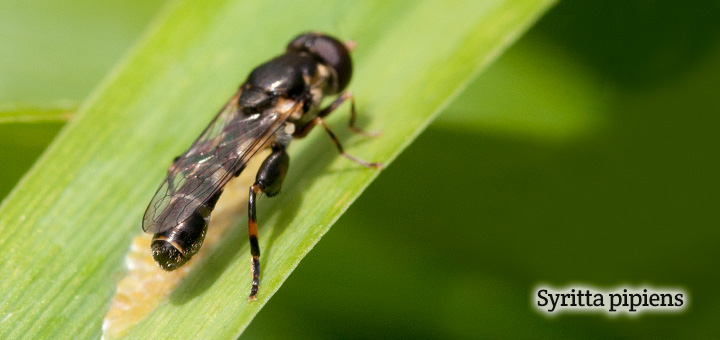
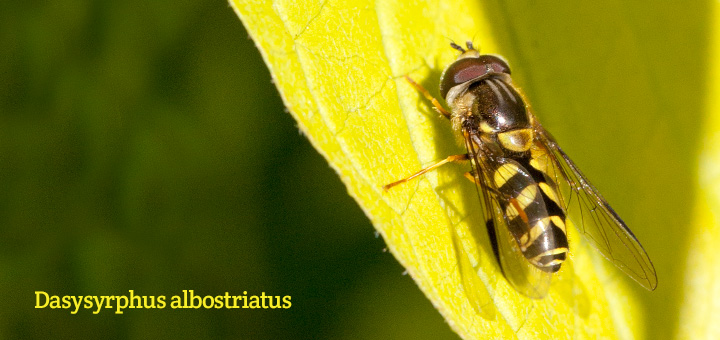
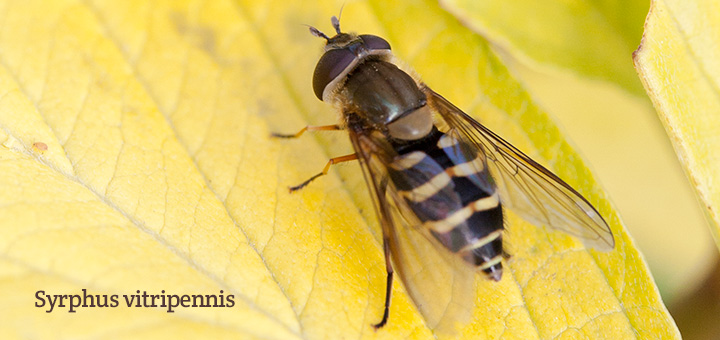
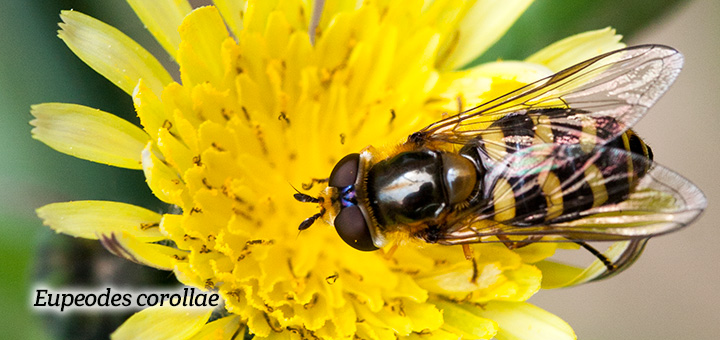
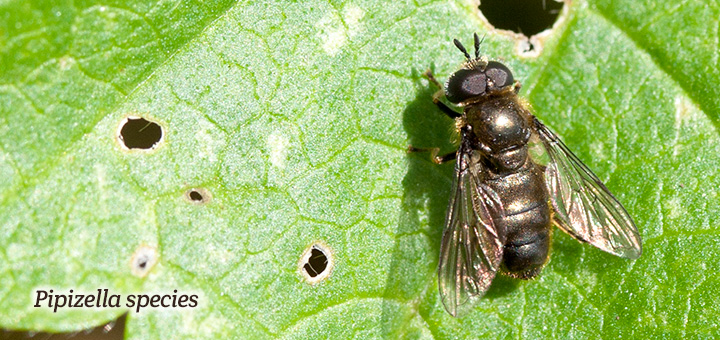
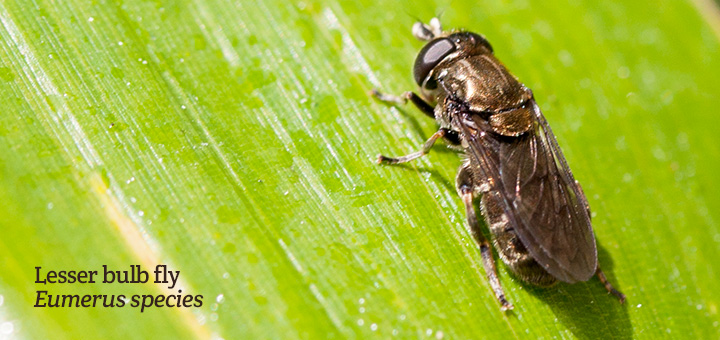
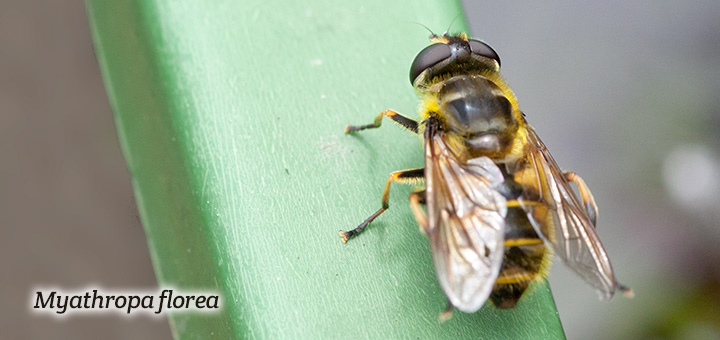
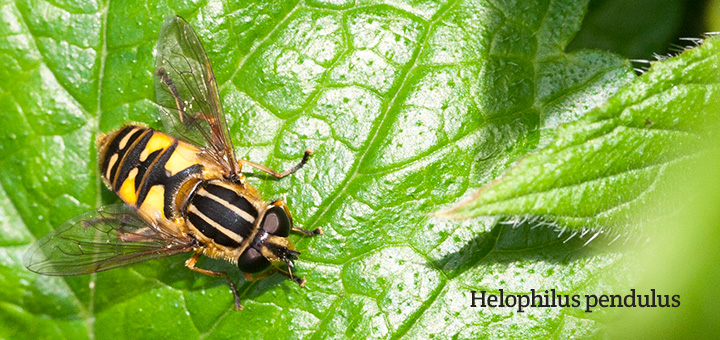
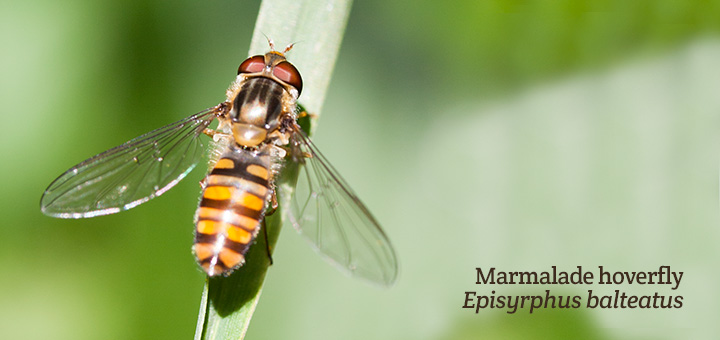
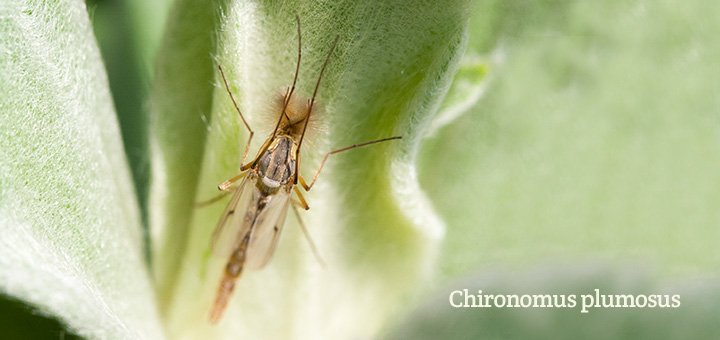
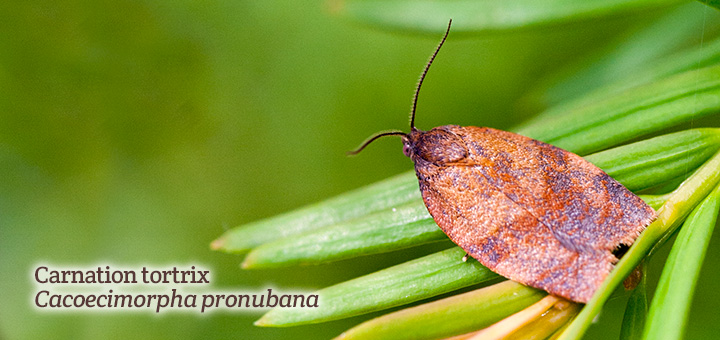
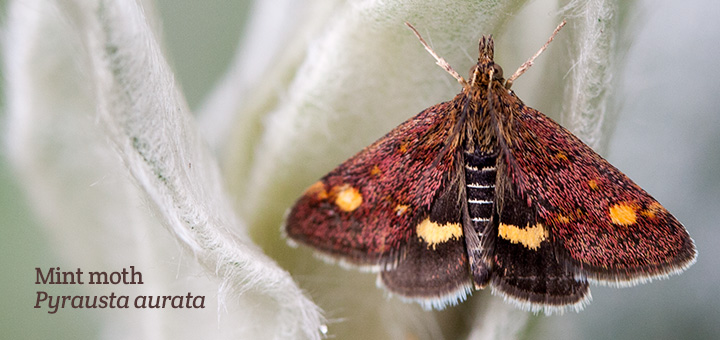
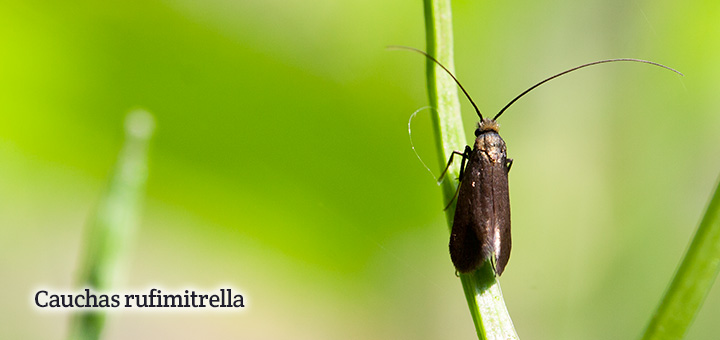
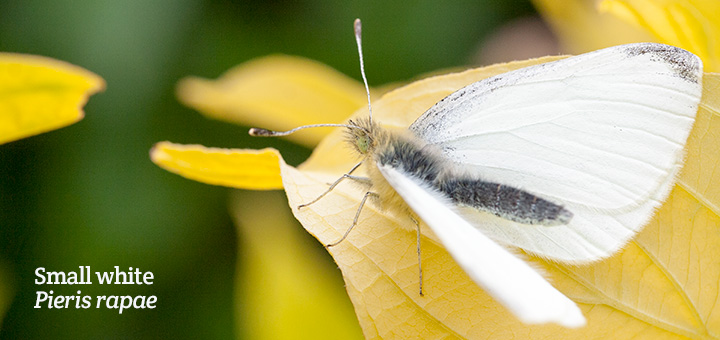
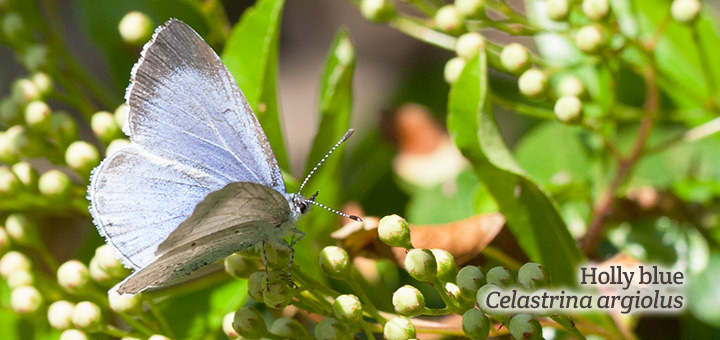
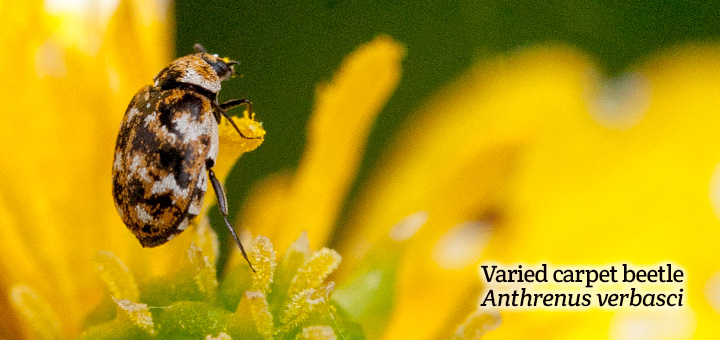
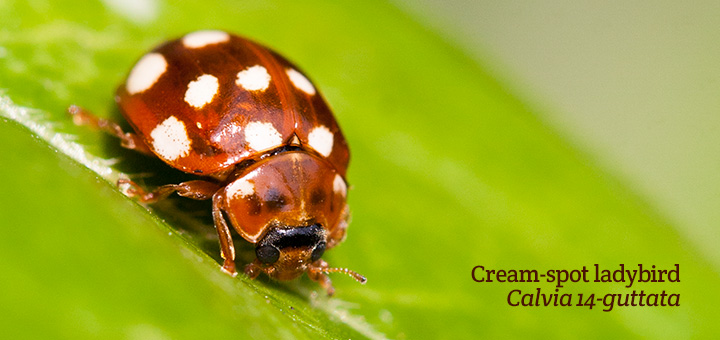
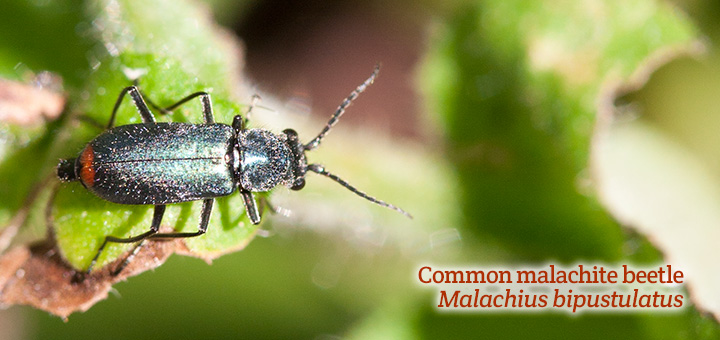
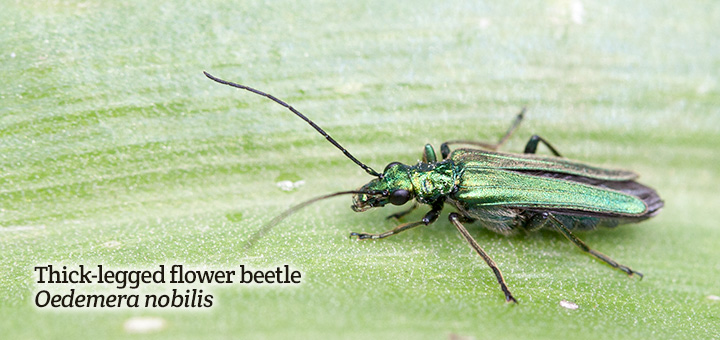
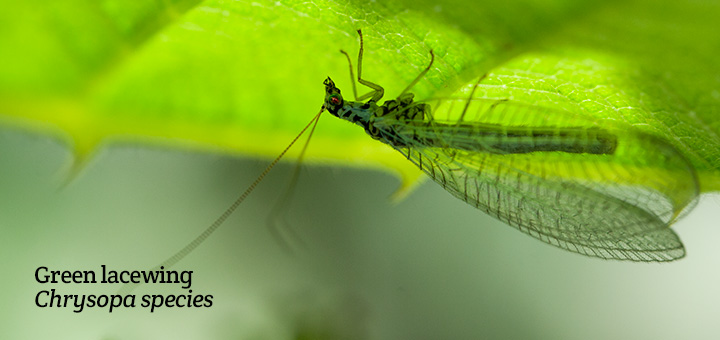
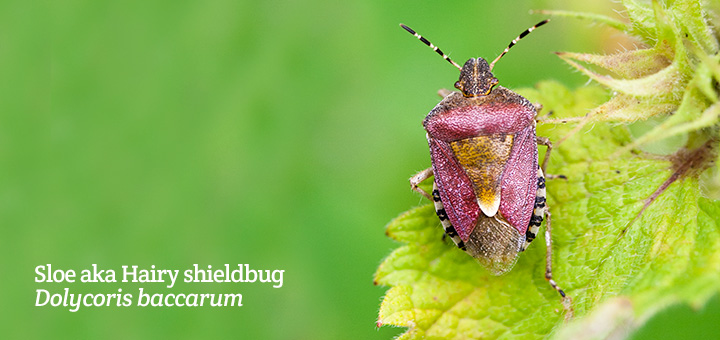
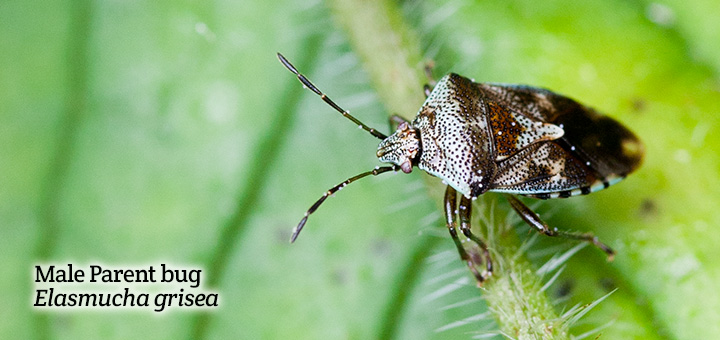
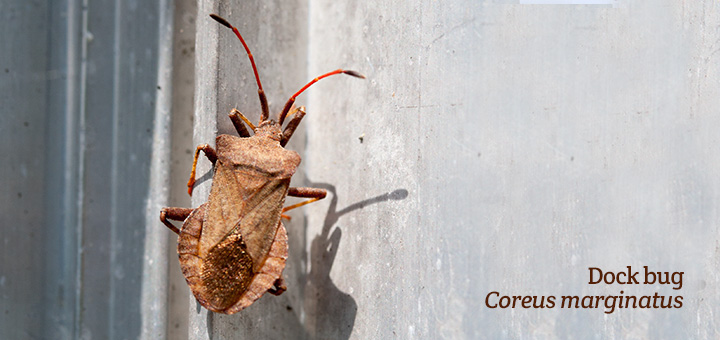
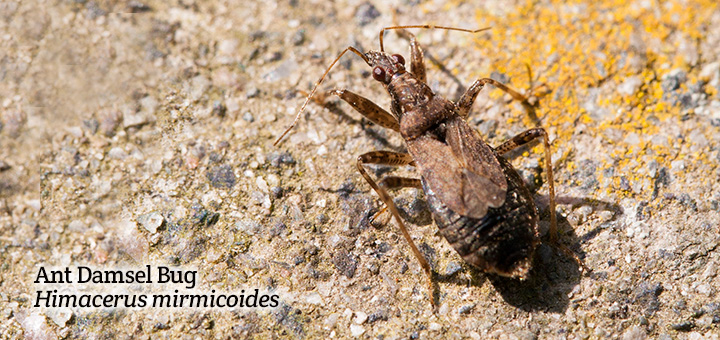
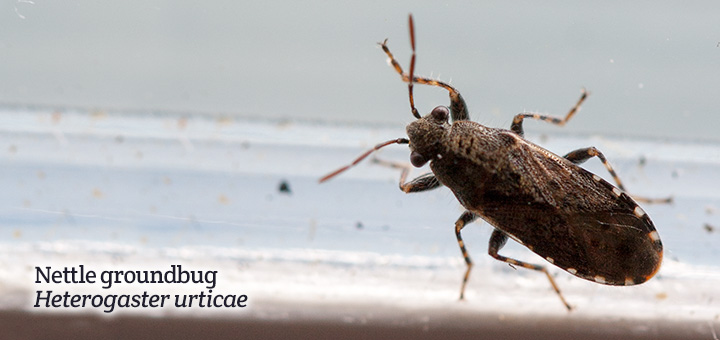
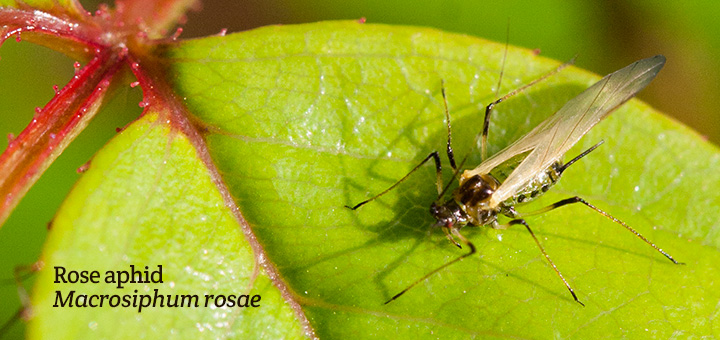
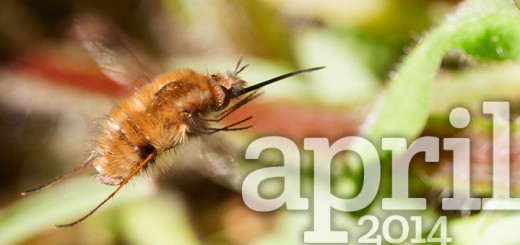
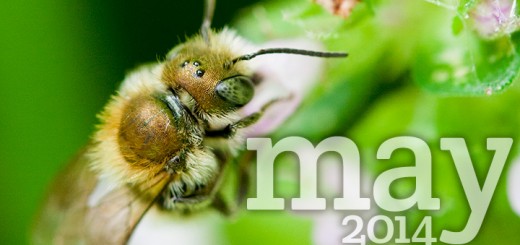
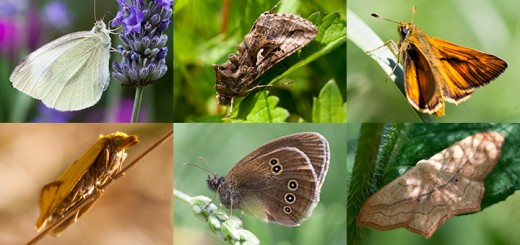
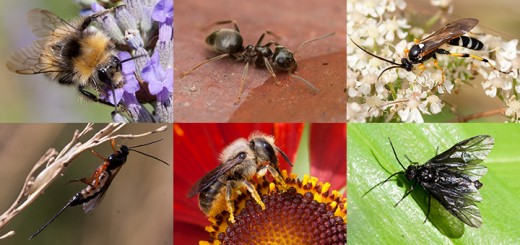
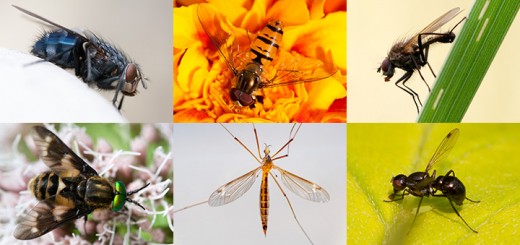
OMG! I’ve just come across your website, and i just have to make a comment! You are extraordinary! Your eye for detail is so rare and it is just a joy to read your articles – i have been searching all over for a website like this that provides exquisitely detailed information yet also in layman’s terms for those of your readers who are new to the topic like inquisitive children. You provide the passion and the knowledge in a beautiful combination – Thank you so very much for dedicating your time to passing your knowledge on the rest of the world indefinitely! Cate.